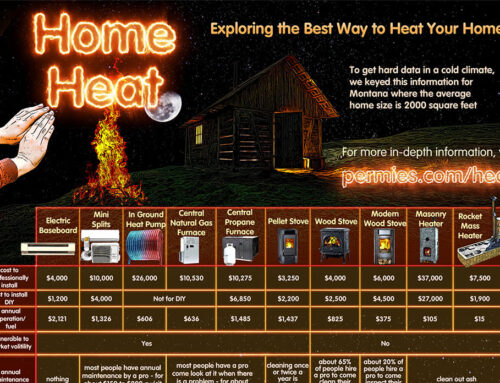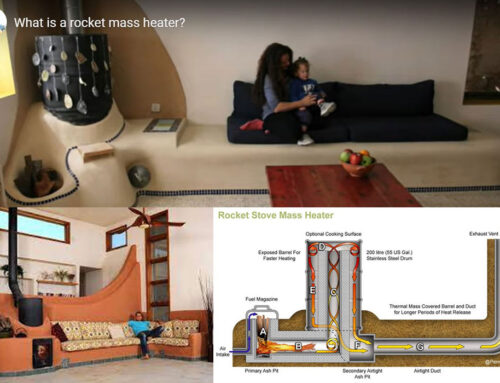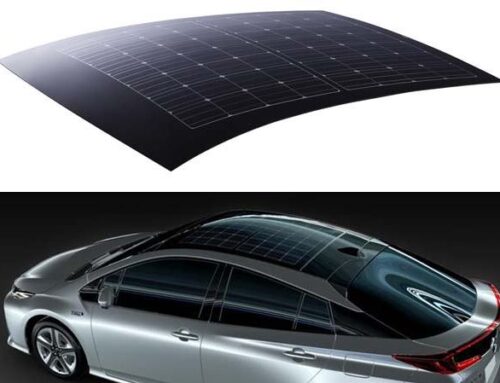By Amanda Thibodeau, with Sierra Harvest – a local non-profit for “Fresh Food Education & Access” with their office in Nevada City, CA.
Learn a Fall Permaculture technique called Sheet Mulching
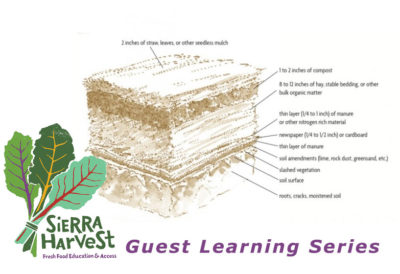

 Hi Sustainable Energy groupies, this is your friends at Sierra Harvest chiming in. Sierra Harvest educates, inspires and connects Nevada County families to fresh, local, seasonal foods.
Hi Sustainable Energy groupies, this is your friends at Sierra Harvest chiming in. Sierra Harvest educates, inspires and connects Nevada County families to fresh, local, seasonal foods.
One of the questions we get a lot from folks who are new to gardening or want to expand their gardens is how to turn previously fallow land into garden space. Fall is a great time to do this! Some people tarp the area over the winter to deprive the grass (or vinca or whatever vegetation you’re trying to smother) of light. While this is one option, often it’s hard to find plastic that won’t degrade and we can all agree less plastic is always a good thing!
So, onto our favorite permaculture trick: Sheet mulching.
Sheet mulching is essentially using sheets of cardboard and/or paper to smother out grasses and lets worms and biology do the work of making new garden space over time. Hot tip: if you decide to sheet mulch and there’s no rain the forecast, wet all the cardboard down and moisten the whole thing at the end to get it activated.
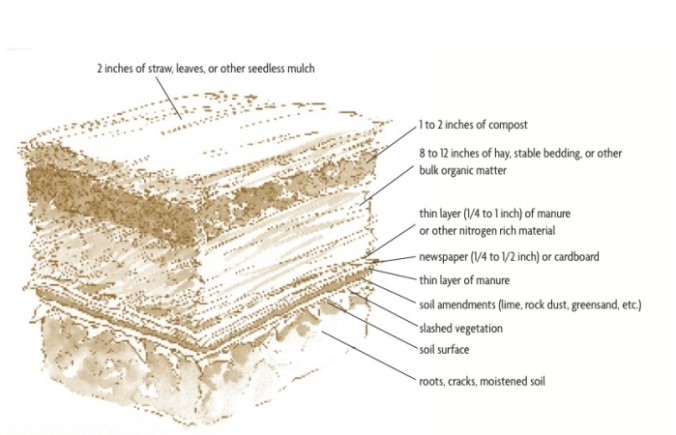


The basic process goes like this:
- Identify the area you want to cover and how big it is. Sheet mulching is actually pretty resource intensive with all the organic matter, so start small!
- Mow or weed whack it down to the ground. Depending on how much organic matter you have cut down, you can either leave it in place or put it on top of the cardboard.
- Procure all your materials: Large swaths of cardboard, old newspaper if you want, biodegradable fabric or wool rugs, compost or manure and straw or fallen leaves. Some people use wood chips but we prefer not to for veggie garden spaces. Wood chips take a long time to breakdown and are acidic. Our foothill soils are naturally acidic- so unless you are planting something like blueberries or fruit trees that don’t mind acidity- stick to straw or leaves.
- Layer one: CARDBOARD: First, put down the newspaper if you have it (don’t use the glossy parts of the newspaper- just newsprint), then the cardboard. Remove any tape/plastic from the cardboard. You want to make sure the ground is totally covered by cardboard, so having each piece overlap by 6-8 inches or so is a good place to start.
- Layer two: ORGANIC MATTER: Once you have your cardboard layers down, you can add compost, manure, animal bedding, or foodscraps. The idea is to have a rich mix of things for microorganisms and worms to feast upon. Really get a big pile going here- up to 5 inches!
- Layer three: MULCH: Now that you have the foundation, it’s time to seal it in. Mulch is going to protect your organic matter from washing away in the rains, and will also protect it from light, as well as seal in moisture to help make a great habitat for the FBI (Fungi, Bacteria and Invertebrates) who are the real workers in getting your new garden space up and running. You want to make sure you have at least a 3 inch layer on top. You can use rice straw (which is about $8 a bale) or you can use our favorite (free!) resource which is fallen leaves. While your neighbors unknowingly rake up their valuable leaves conveniently into bags, you can ask them if you can take the bags away and voila- free mulch! And bonus- you get to meet your neighbors and be the weirdo who wants to take their leaves home, perfect.
- WAIT: Now, you wait and let nature do the rest. In the spring, you will be able to plant right into your sheet mulched masterpiece- no tilling required!
If you want to really get into sheet mulching, check out this amazingly detailed guide or take it to the next level and make a lasagna garden (it’s pretty much the same- just more layers).
Till next time, get mulching!
And if the sheet mulching feels a little daunting or you need some help getting your garden off the ground- we’ve got you covered.
Learn more about the Sierra Gardens Program here or call (530) 265-2343. We’ll come and help you find the sunniest place, build a fence, put in irrigation and plant your garden or just spruce up your existing garden. We’ll also come back seasonally (for 2 years!) with starts and seeds just at the right time to plant. The program also includes cooking and gardening classes and a mentor at your fingertips to ask your questions of. We’d love to help you grow (and eat) more of your own food. Happy mulching!
—
To find out what is happening now and in the near future sign up for our Sierra Harvest’s enews.
Also join Sierra Harvest us for the Sustainable Food and Farm conference: Feb 7-9th 2020, or become a gleaner harvesting produce that would otherwise to waste and getting it to people in need.


